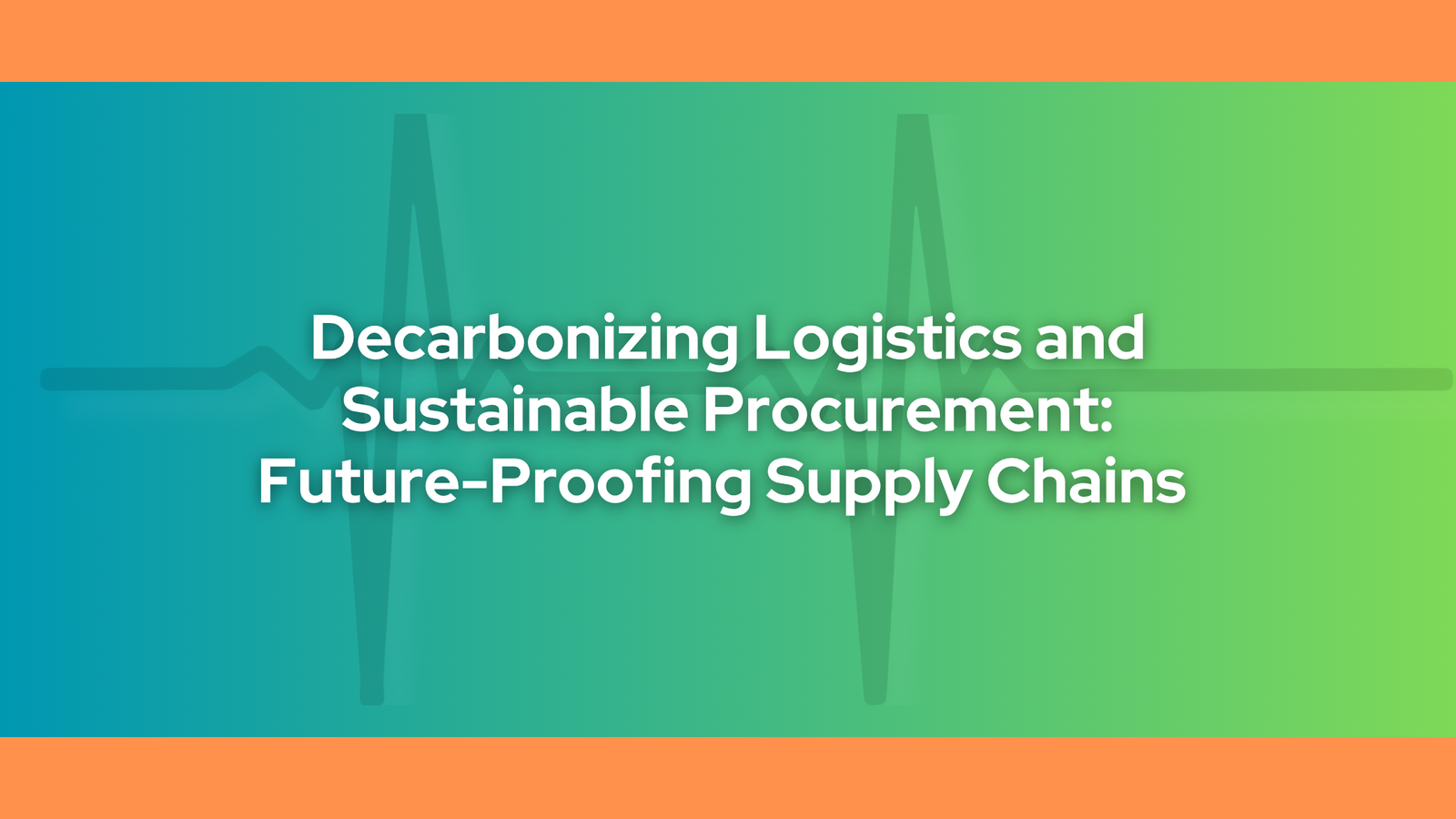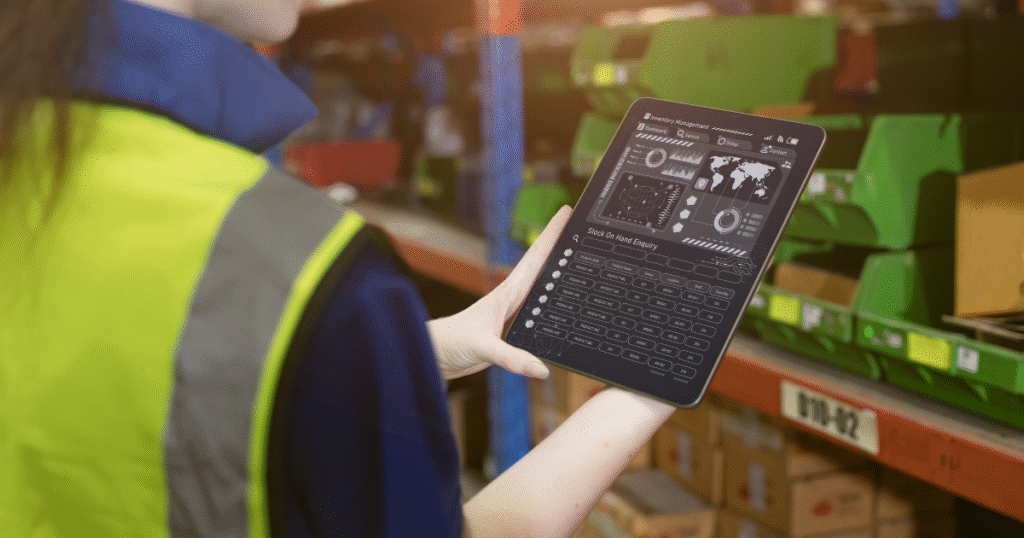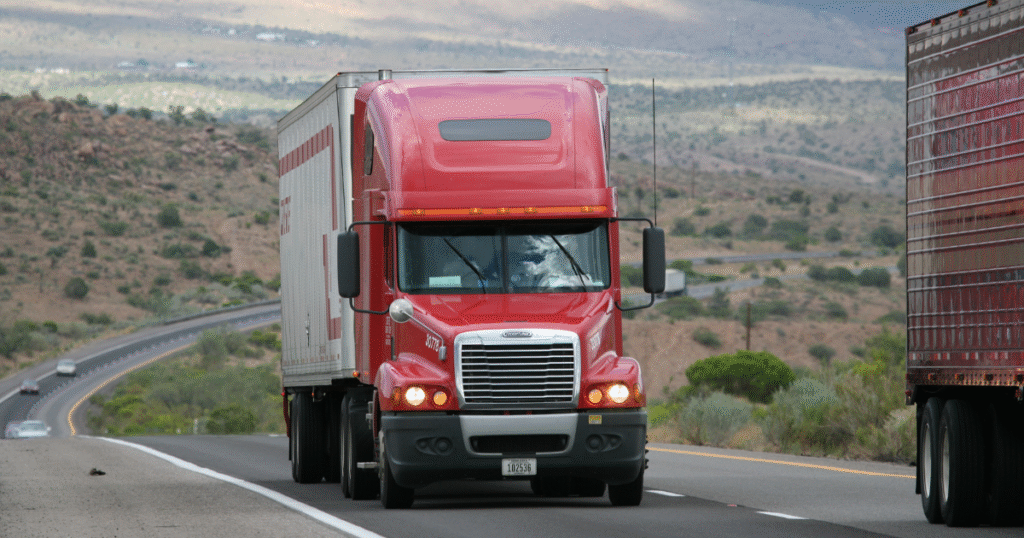
According to McKinsey & Company, at least 7% of the global greenhouse gas (GHG) emissions are from logistics, particularly freight, and warehousing. These emissions are considered under Scope 3 emissions—those not directly generated by the company’s value chain. Considering this number, the environmental footprint of logistics has come under increasing scrutiny. People now view the push for decarbonizing logistics and sustainable procurement not only as a corporate strategy but primarily as an environmental imperative.
Transport and logistics, primarily shipping, air freight, and road transportation, contribute significantly to the world’s carbon emissions. Still, businesses are uncertain about how to reduce their logistics emissions without incurring significant costs or disrupting their operations. According to a June 2023 study, 46% of international institutional investors said that managing the low-carbon transition was their top investment goal for the ensuing three years. Fortunately, procurement specialists can significantly influence how items are transported and ensure that transportation methods are environmentally friendly.

One way to reduce emissions in logistics is to start by reconsidering transportation models. To reduce fuel usage and carbon emissions, effective route planning and scheduling are important keys. Procurement teams can partner with logistics organizations that allow advanced artificial intelligence (AI) and machine learning-powered software to dynamically arrange routes that minimize mileage, avoid traffic, and cut down on idle time.
Automated systems, for example, can identify suppliers with high carbon outputs or recommend more fuel-efficient delivery routes, providing procurement teams with the information they need to make well-informed, low-carbon purchasing choices. According to the World Economic Forum, incorporating these types of technologies can help lower emissions from 4% to 10%.
Some tools use AI that optimizes logistics operations to lower costs, enhance fuel efficiency, and lessen the impact on the environment. Applications of AI include machine learning-based route optimization and predictive analytics for demand forecasting. Real-time emissions monitoring and management are becoming possible for businesses thanks to Internet of Things (IoT)-powered fleet tracking and carbon accounting systems. These technologies can aid in more accurate, timely, and reliable data collection for monitoring fuel usage and emissions. Working with carriers using electric or alternative fuel vehicles can also help lower the company’s carbon impact.
Moreover, to increase accountability and transparency throughout the supply chain, utilizing blockchain more can help in validating and tracking emissions data throughout transportation routes.

While technology can help bring about significant change, cooperation between logistics companies, technology developers, and legislators is necessary. Cooperation is becoming the key to decarbonizing logistics and sustainable procurement. Governments, manufacturers, retailers, and logistics firms must collaborate to develop low-carbon, scalable solutions.
Green procurement regulations can give preference to logistics companies with net-zero objectives and open emissions data. To reduce last-mile emissions, for instance, top e-commerce sites are utilizing recyclable packaging and collaborating with eco-friendly couriers.
Although lowering emissions in logistics may seem overwhelming, the risks of doing nothing are higher and include losing market share, regulatory fines, and harm to one’s reputation. Businesses that act proactively and collaborate with other organizations position themselves to lead in the low-carbon economy as climate restrictions tighten and customer expectations rise.
When procurement experts rethink how products move from source to shelf, they not only reduce emissions but also strengthen future supply chains.